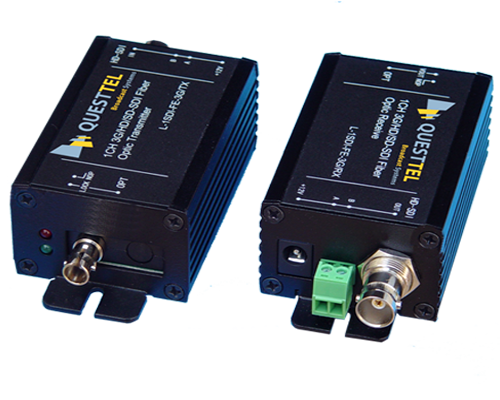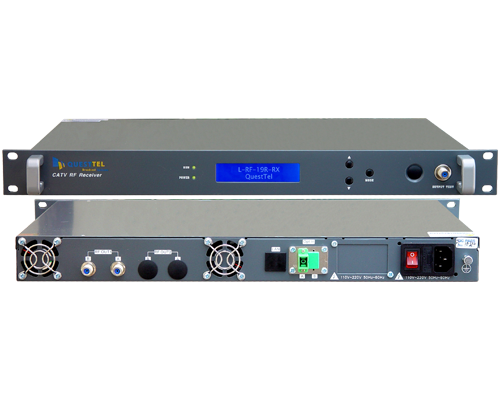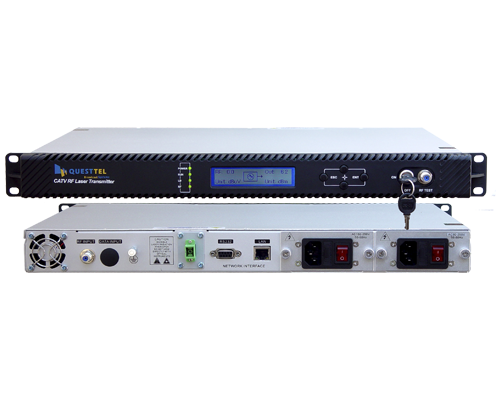Singlemode Optical Fibers
Single mode optical fibers are the fibers used in telecommunication. Single mode fibers transmit optical signals for long distance. With the help of repeaters and regenerators, transmission distance reaches thousands of kilometers. An optical glass fiber that allows propagation of the fundamental mode LP01 is called single mode fiber. Single mode fibers are classified in ITU-T recommendations. When we say single mode fibers, here we like to limit the scope to conventional single mode fibers.
Single mode fibers are generally called single mode “Step Index” because the refractive index changes abruptly from cladding to core. There are single mode graded index fibers, that are mainly used as sensor fibers. In single mode fibers, the cladding has a refractive index lower than the refractive index of the core. The single mode fiber has very small core diameter that are almost 1/10 of the diameter of our hair. Geometrical core diameter of a single mode fiber is typically 8.2 micrometers. Standard cladding diameter is 125 micrometers.
Since this fiber carries only one mode, model dispersion does not exists. Single mode fibers easily have a potential bandwidth of 50 to 100 GHz-km.
The core diameter is so small that the splicing technique and measuring technique are more difficult. Light source must have a very narrow spectral width and they must be very small and bright in order to permit efficient coupling into the very small core diameter of these fibers.
One advantage of single mode fiber is that once they are installed, the system’s capacity can be increased as newer, higher capacity transmission system becomes available. This capability saves the high cost of installing a new transmission medium to obtain increased performance and allows cost effective increase from low capacity system to higher capacity system.
As the wavelength is increased, the fiber carries fewer and fewer modes until only one remains. Single mode operation begins when the wavelength approaches the core diameter. At around 1260 nm, the fiber permits only one mode, it becomes a single mode fiber. This wavelength is known as cut-off wavelength.
As optical energy in a single mode fiber travels in the cladding as well as in the core, therefore the cladding must be a more efficient carrier of energy. In a multi mode fiber cladding modes are not desirable, a cladding with inefficient transmission characteristic can be tolerated. The diameter of the light appearing at the end of the single mode fiber is larger than the core diameter, because some of the optical energy of the mode travels in the cladding. Mode field diameter is the term used to define this diameter of optical energy.
QuestTel shall have no liability for any error or damage of any kind resulting from the use of this document.



